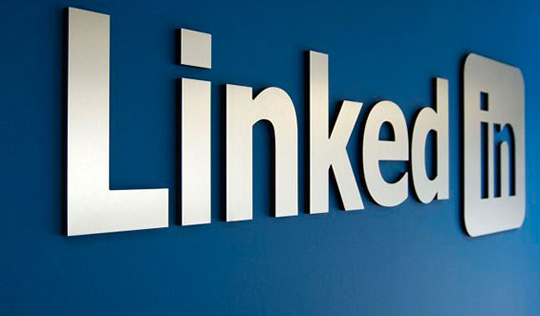Whether you are looking for a job, researching an industry, or trying to connect with other professionals, LinkedIn can help.
While there are many other social networks, we have focused our tips on LinkedIn since it is the most widely used social networking tool for professionals.
Remember: Establish your network before you need it. Social networking is about relationships and opportunities that come your way over time because you are in touch with hundreds of interesting people representing a vast continuum of backgrounds, talents, connections, and experience.
Create a Compelling LinkedIn Profile
The first step in developing a powerful LinkedIn profile is to understand the audience that you are hoping to reach with your profile — recruiters and employers if you are job searching, venture capitalists if you are raising money, or peers in your industry for networking. Next, imagine what message or brand image you want to project to that audience.
Inspiration
Profiles of your peers can be a great source of inspiration for your profile. Look to other profiles for:
- Keywords
- Strong headlines
- Employers to research
- LinkedIn groups to join
- Connections and other role models
Headline and Photo
When employers do a search, they will only see your photo and headline, so it’s critical that these two elements project your professional image to your best advantage.
- Your LinkedIn headline is limited to 120 characters: Use them wisely.
- Make sure the headline gives a full description of your expertise. It should include function, industry, and keywords.
- Recruiters employ keyword searches to find skills, accomplishments, and expertise. They search for nouns rather than adjectives: “product manager” or “financial analysis,” not “dynamic” or “motivated.”
- Put your best face forward. Use a professional photo.
Summary
- Your LinkedIn summary is the place where you succinctly tell your story. Include expertise, experience, achievements, awards, and interests. Add some personality to make others interested enough to reach out to you.
- Use the keywords you have identified. This is one of the sections that receives extra weight by search engine rankings.
- You can use a formal style or a casual/personal style of writing. View other profiles in your industry and see which style is more prevalent
Experience
The experience section is a mini resume. If you make it too long and detailed, people will stop reading.
- Include the following for any jobs in the last 5 years: a company description (only if it is not a well-known company), a brief overview of responsibilities, including the number of people on your team and the size of your budget, and any quantifiable achievements.
- For jobs beyond 5 years, include only the company name, job title, and years.
- If you have had multiple jobs at one company, make a separate entry for each new function or promotion.
- Include any honors, awards, or promotions. List your awards and honors again under additional information.
- LinkedIn will ask you which month you started and ended each job. Leave this blank and only years will appear.
Recommendations
- Request recommendations from individuals who know your work well, and let them know the key areas or projects you’d like them to highlight.
- Try to get 2 recommendations for your jobs within the last 5 years. Try to get at least one recommendation from your current manager.
- If you are changing careers, find someone who has seen you perform some of the skills required in your new profession.
Increase Your Visibility
- Include your personalized URL on your business cards, your resume, and your email signature.
- Provide updates to your network. On the home page below your photo is a large blank rectangle; post updates here that will go to all your connections. Topics to write about include interesting articles and upcoming conferences.
- Participate in relevant groups by answering questions or contributing your perspective.
How to Leverage LinkedIn
By optimizing your LinkedIn profile, you are increasing the likelihood of being contacted by recruiters.
Expand Your Network
- Get to know the “advanced search” function. Search using keywords and phrases like “Stanford GSB.”
- Find former classmates to explore if they are in a position to hire you.
Benefit From Joining Groups
- Increase your connections via groups such as college alumni associations, employer alumni groups, and professional associations.
- You can join up to 50 groups.
- Group membership allows you to reach target individuals without having to know their email address or having a first-degree connection.
Conduct a Job Search
- Search jobs by title, company, industry, and region.
- Save your searches and receive alerts on a daily or weekly basis.
Use LinkedIn for Company and People Research
- Read the background of hiring managers prior to interviews.
- View company news and statistics.
- Identify Stanford GSB alumni (and other Stanford alumni) at companies of interest.
- Ask your LinkedIn connections to introduce you to their contacts at target companies.
- Discover contacts to whom you can reach out for informational interviews.
- Research where people like you are working to get an idea of which companies are hiring people with your skill sets.


